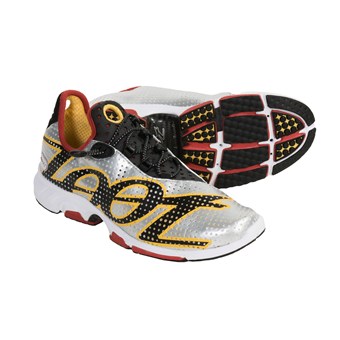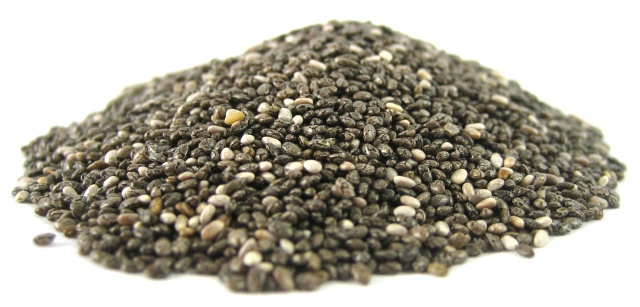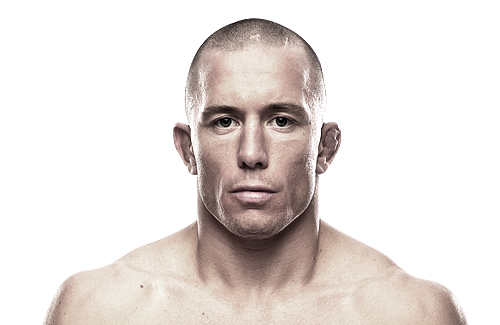This weekend I’ve been learning all over again what it means to be a complete beginner at something. You see, I went out and bought a slackline. If you’re ever wondering exactly what it must feel like to be a young toddler learning to walk for the very first time, then I can’t recommend this sport highly enough.
There’s something wonderfully refreshing about tackling an activity you’ve never tried before. Every little achievement feels like a major triumph. To be able to stand on the line for a few seconds feels amazing; to manage to take a step or two before falling off can lead to wild applause from the bystanders. And it’s also very egalitarian; the 10 year old in our party was making progress every bit as fast as me.
It got me thinking about the nature of fitness. I often hear people say that they ‘want to be fit’, without ever really unpacking what that means. At it’s most fundamental, fitness refers to the body’s ability to perform a task. And I realise that I can be exceptionally fit in one area and completely unfit in another. For example, the months and months of training that I put in in order to be able to run an ultramarathon did absolutely nothing to prepare me to walk across a two-inch wide strip of webbing strung between a couple of trees. Nor does it improve my ability to, say, perform push ups or hit a golf ball.
So the concept of fitness obviously encompasses a number of physical abilities. I think they could be broken down as follows:
- Endurance. The ability to perform a repetitive action without becoming fatigued. My marathon-running friends like Patrick have this in spades.
- Strength. The ability to apply force to an object. Typically, we runners don’t do so well on this. Ask me to do bench-presses or pull-ups, and I’ll tire out pretty fast.
- Flexibility. To be able to move limbs through a wide range safely. Again, running doesn’t really do much to improve this. My Yoga poses leave a lot to be desired.
- Balance. The ability to control your center of gravity on an unstable surface. As the slackline is teaching me, I may be able to get myself around a triathlon course, but taking two or three simple steps can be a daunting task when the surface you’re on is swaying, bobbing, and responding to your every move.
- Technique. The ability to perform an action correctly and efficiently. Every sport requires a commitment to learning correct body mechanics. If you run incorrectly, you will hurt yourself. It’s as simple as that. If you learn to swim correctly, you will glide through the water nearly effortlessly, and still outpace those around you who are spending far more effort than you are.
There are probably more that I haven’t thought of. I’m sure that diet fits in here somehow as well. If I can perform well athletically but I’m not giving my body the food it needs to recover quickly and maintain health for the long term, then I’m not sure that I can claim to be truly fit. So perhaps the final element of fitness is humility, the ability to adopt a lifestyle of continuous learning.
Today I got another taste of that on the slackline. Tomorrow, who knows, I may stay on it for a few seconds more!
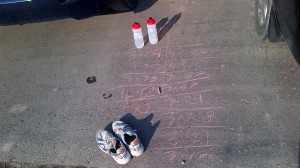
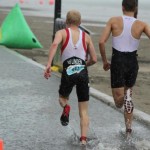 Finally, it’s far more fun to attempt difficult things with friends and family around. I hugely appreciated having my parents join me for the race, and it was great to see my friend and training partner Steve complete an Olympic distance race in his second ever triathlon. Truly inspiring!
Finally, it’s far more fun to attempt difficult things with friends and family around. I hugely appreciated having my parents join me for the race, and it was great to see my friend and training partner Steve complete an Olympic distance race in his second ever triathlon. Truly inspiring!